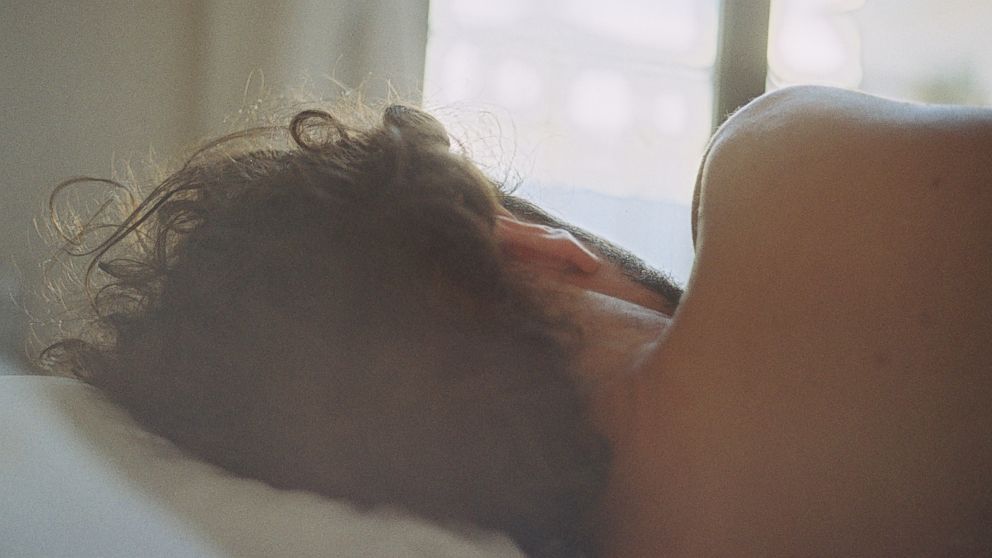Treatment Alternatives to Give Relief to Sleep Apnea Sufferers
— -- Sleep apnea -- disrupted breathing while sleeping –- affects more than 12 million Americans, according to the National Institutes of Health.
The consequences of the disease are becoming more and more apparent, with links to heart disease, cancer, strokes and diabetes. But patients with apnea face a huge issue: 50 percent of them abandon the main form of treatment within three months of starting it.
The continuous positive airway pressure (CPAP) machine is the first line of therapy for apnea patients, but it has serious downsides. In most cases, it’s a mask users wear over their mouth and nose. It has historically been loud and invasive, forcing patients into certain sleep positions. The air flow can be cold and feel dehydrating too, and it causes claustrophobia for some.
For Jonathan Williams, 61, his inability to use the CPAP machine wasn’t even conscious.
"I would just rip it off, within 5 minutes of me falling asleep,” he said.
His apnea worsened. He suffered night terrors when his breathing became obstructed, extreme exhaustion during the day from repeated wake-ups, drowsiness while driving and his blood pressure spiked. Finally doctors performed surgery on him, altering the anatomy of his epiglottis and opening his nasal passageway. They then prescribed a mouthpiece to help support his jaw and keep his airway open. Jonathan says he still wakes up two or three times per night, but, for the first time in 20 years he’s waking up refreshed.
“I really started to get some really noticeable relief,” he said.
Andrew Wellman, assistant professor of medicine at Harvard Medical School and director of the Sleep Disordered Breathing Laboratory at Brigham and Women's Hospital, says this personalization and combining of therapies is innovative.
“The most exciting advances in sleep apnea management are that you don't necessarily have to treat it with one therapy but you may be able to individualize therapy on a case by case basis,” he said.
The realization that the CPAP machine has such a high abandonment rate has fueled research into identifying apnea’s causes more directly and tailoring therapies for each patient. So for patients who’ve tried CPAP machines in the past and can’t tolerate them, it’s worth talking to a specialist and looking at some of the innovations in treatments that have evolved over the past few years.
Smaller, Quieter, Less Invasive CPAP Machines
Reviews of CPAP machines list the decibel levels as significantly lower than older units with the quietest new machines coming in at 27 decibels, slightly louder than a 24-decibel whisper. They are smaller, some weighing less than two pounds, and many have built in humidifiers and heaters to make the air more comfortable.
For some, a nasal pillow can work in lieu of a mouth and nose mask, making the footprint of the CPAP on the face much smaller and less claustrophobic.
Nasal Plugs
There are also nasal plugs that passively (no electricity or wires required) can maintain positive air pressure that supports the breathing process and can help prevent obstructions. Called Provent, these prescription nasal plugs make it easy to breathe in, but harder to breathe out, which leaves some air chambered like in a balloon to support the soft tissues that can collapse in sleep causing apnea.
Mouthpieces




